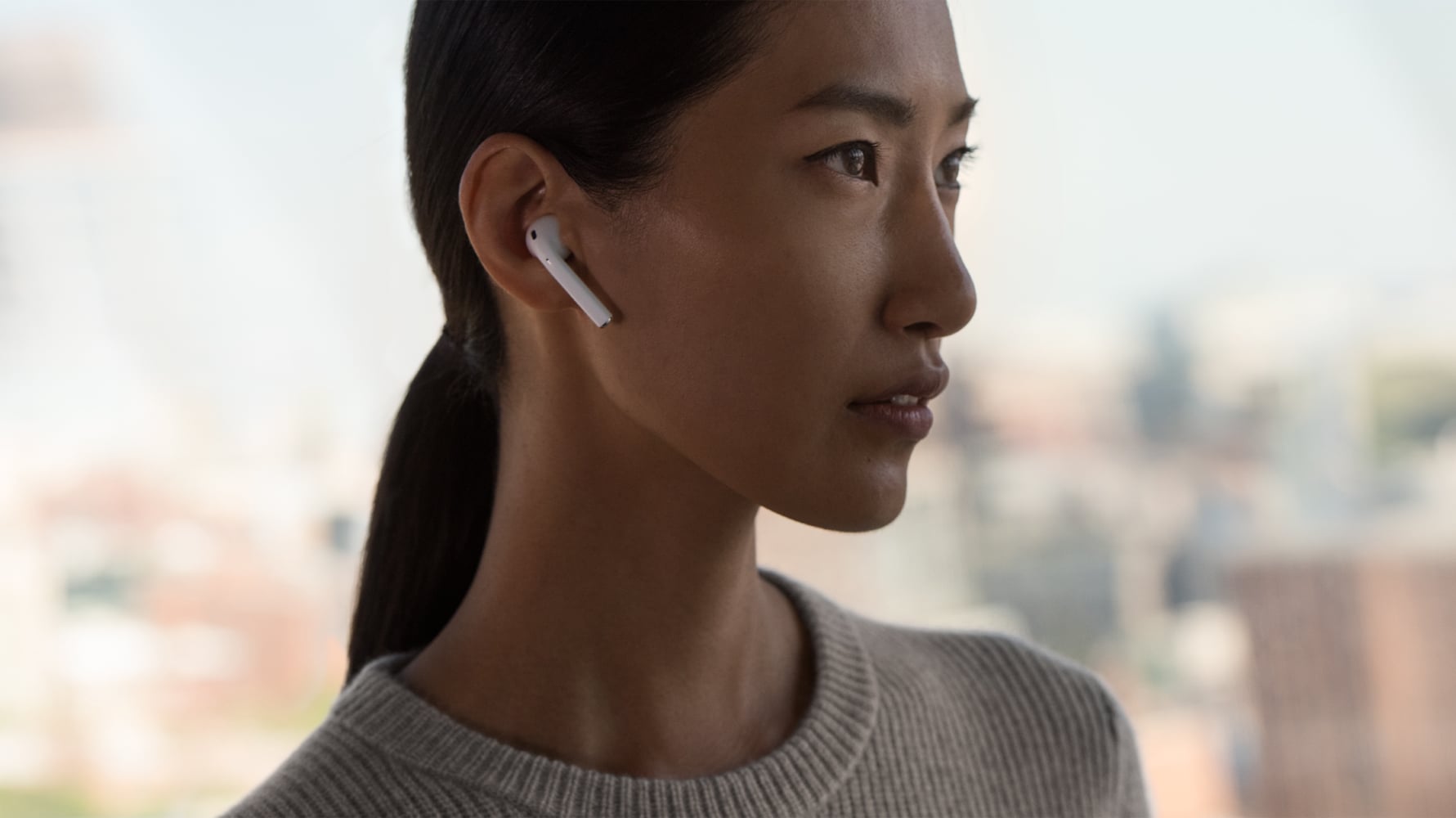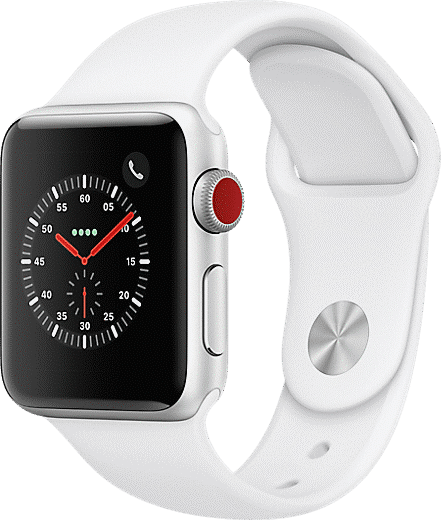
![]() “Wearables Wars” is AR Insider’s mini-series that examines how today’s wearables will pave the way and prime consumer markets for AR glasses. Each installment will profile a different tech leader’s moves and motivations in wearables. For more, subscribe to ARtillery PRO.
“Wearables Wars” is AR Insider’s mini-series that examines how today’s wearables will pave the way and prime consumer markets for AR glasses. Each installment will profile a different tech leader’s moves and motivations in wearables. For more, subscribe to ARtillery PRO.
Common wisdom states that mobile AR is the forbear to smart glasses. Before the latter achieves consumer-friendly specs and price points, AR’s delivery system is the device we all have in our pockets. There, it can seed user demand for AR and get developers to start thinking spatially.
That’s still the case, but a less-discussed product class could have a greater impact in priming consumer markets for AR glasses: wearables. As we’ve examined, AR glasses’ cultural barriers could be lessened to some degree by conditioning consumers to sensors on their bodies.
Tech giants show signs of recognizing this, and are developing various flavors of wearables. Like in our ongoing “follow the money” exercise, they’re each building wearables strategies that support or future-proof core businesses where tens of billions in annual revenues are at stake.
For example, earlier in this series, we examined Google’s ambitions to create more direct user touchpoints (literally) that drive revenue-generating search by voice, visual and text. The story is similar for Amazon, Microsoft and Bose… but the biggest impact could come from Apple
In the near term, Apple’s wearables are seeing strong revenue growth and offsetting smartphone revenue deceleration. In the long term, we could see a holistic suite of wearables — including glasses — replace the current suite of iThings at the center of our computing lives.
Head Start
Starting with the near-term, signals from Apple’s quarterly earnings hold clues for wearables’ fate in Cupertino. Specifically, the product category’s revenue performance could signal Apple’s continued financial motivations to lessen revenue dependence on a maturing iPhone.
Breaking that down, Apple’s fiscal Q1 — which is the calendar-year Q4 holiday period — saw iPhone sales of $55.96 up from $52 billion year-over-year. This reverses the trend towards declining year-over-year sales, but growth is still slowing as the smartphone market matures.
Meanwhile, the story is flipped for wearables, as that division is on its way up. It exceeded $10 billion in quarterly revenue for the first time, up $3.7 billion year-over-year. This falls short of the iPhone’s $4 billion year-over-year jump but is a greater percentage jump from a lower base.
Moreover, the wearables category by itself is now the size of a Fortune 150 company. Demand is greater than Apple can even fulfill, as it’s supply-constrained for the Apple Watch Series 3 and AirPods Pro. This is a good problem to have and indicates long-term strength in the category.
Perhaps most interesting and less-discussed, 75 percent of Apple Watch purchases were users that are new to the device. Given Apple’s penchant for platform lock-in and increased ARPU through multi-device ownership, new users at the beginning of that journey are music to its ears.

iWear
Back to AR, Apple’s wearables category is where AR glasses will live. That bodes well, given that they’re born into a division that’s graced — for all of the above reasons — with political capital and investment. They’ll inherit the drive to diversify revenue and offset slowing iPhone growth.
Put another way, with the lingering taste of wearables success, Apple could be further motivated to double down on AR glasses. We’ve seen something similar before: Snap continues to double down on AR lenses after seeing its impact on both revenues and 2019 public-market rebound.
As for what AR glasses will do for Apple’s revenue growth, it could both prop up and succeed the aging iPhone. The former happens as it creates reliance on the iPhone for local compute. In other words, the iPhone gains importance — and user incentive to upgrade — if it powers your glasses.
As for succeeding the iPhone, that gets back to the above drivers about finding high-margin successors to its maturing cash cow. Early glasses functions could include things like an ambient “notification layer” that replaces some of the content and alerts you currently look down for.
We say “some”, as glasses could join a suite of wearables that augments your life. That’s line-of-sight graphics to accompany the audible cues from your AirPods, and the biometrics and micro-interactions from your Watch. That gets back to Apple’s signature multi-device ecosystem play.

Acclimation Play
It’s also notable that prospective AR glasses won’t just round out Apple’s wearable master plan, but they’ll also benefit from it. As we’ve examined, one of the byproducts of the rise of wearables will be acclimating consumers to wearing sensors, cameras and other gadgetry on their bodies.
That could be a step towards warming the world up to AR glasses. It’s otherwise going to be a culture clash, à la Google’s “glasshole” mishaps. Though putting things on your face is a tougher sell, AirPods and Watches will at least take baby steps towards wearable sensor acclimation.
As for a glasses form factor, we’re seeing some movement in that direction. Bose Frames, Amazon’s Echo Frames, and Snap Spectacles could gain some ground for cultural acclimation. Bose Frames in particular achieve a flavor of sensory augmentation, though it’s not visual.
For Apple, there are lots of ways AR glasses could play out, including the multi-modal endpoint we’ve speculated. It will be a moving target as we continue to spot clues. For the AR sector, the importance is amplified by Apple’s potential to grace the technology with its signature halo effect.
For deeper XR data and intelligence, join ARtillery PRO and subscribe to the free AR Insider Weekly newsletter.
Disclosure: AR Insider has no financial stake in the companies mentioned in this post, nor received payment for its production. Disclosure and ethics policy can be seen here.
Header image credit: Apple
